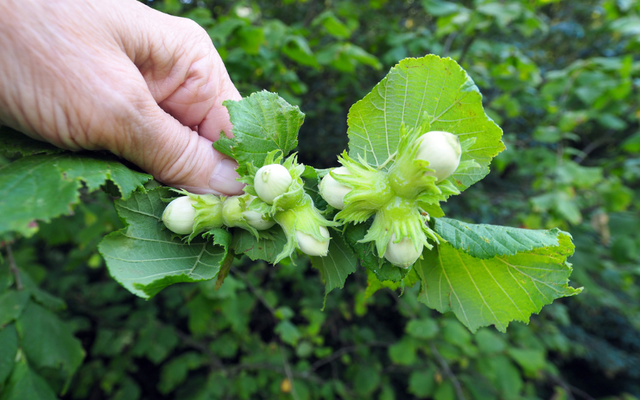National Tree Day is organized each year by the Tree Council of Ireland with the support of its members. This year the spotlight is on the Hazel Tree!
This year's Tree Day is sponsored by SPAR and schools around Ireland are invited to spend the day learning about trees and being outside enjoying their natural environment.
Each year, a different native tree is highlighted and the time it is the turn of the Hazel Tree or Crann Coll as it's known in the Irish language.
Did you know?: The Irish Heritage Tree, founded by IrishCentral, is a program supported by the Tree Council of Ireland that lets you plant your own native tree in Ireland and dedicate it to someone special. Click here to find out more.
The Hazel Tree
Hazel is a native Irish species that forms a lower tree layer in many of our deciduous woodlands. It also grows in hedgerows where the soil is rich and fertile. There are pure hazelwood forests in the Burren in Co. Clare covering extensive areas of limestone.
Trees grow from hazel nuts which are of course the seeds. These are collected and stored by squirrels and jays and trees can grow naturally from ones that are not retrieved for food.

The Hazel Tree. Credit: Getty
Hazel trees can grow up to 10 meters high. The tree can self-coppice and over time will grow new shoots from the base if it’s not cut or browsed by wild animals. Older trees thus appear to have many stems rather than a single trunk.
Forked hazel branches were used to divine where water might be underground when people were trying to decide where to dig a well. Certain people were gifted water diviners, and the forked branch would move violently in their hands when they walked over a strong underground spring.
The broadest known Hazel tree in Ireland is a specimen from Cappawhite in Co. Tipperary which is 3.12 metres in girth.
Hazel was considered to be the tree of wisdom. The Salmon of Knowledge who lived in the River Boyne got all its knowledge from eating the nuts that fell into the water from the nine Hazel trees that grew on its banks.
The salmon was caught by the poet Finnéigeas and he gave it to Fionn Mc Cumhaill to cook. But Fionn tasted it while he was cooking it and he got all the knowledge instead
Happy National Tree Day!




Comments